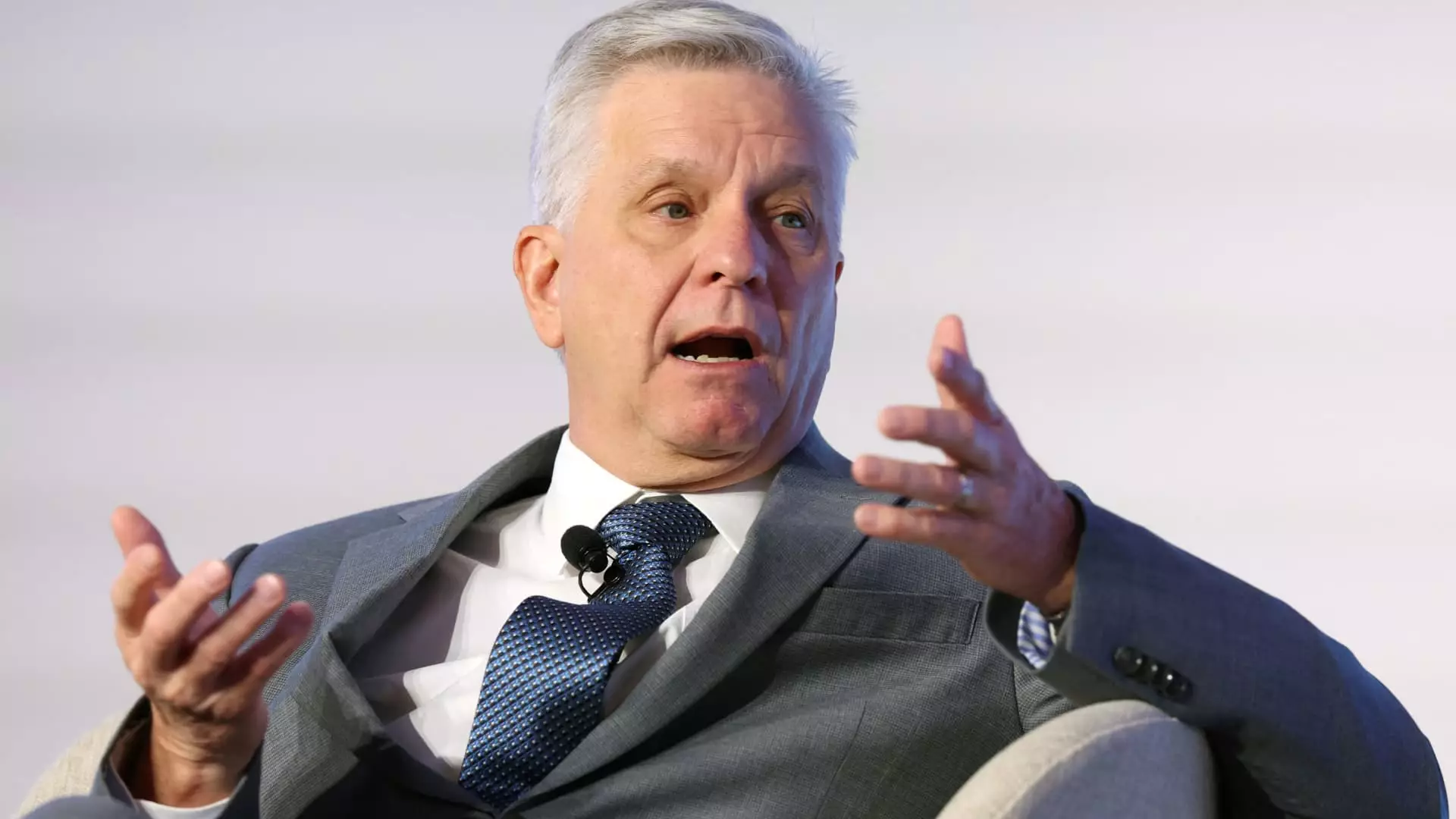The Federal Reserve plays an essential role in shaping the economic landscape of the United States. Recent commentary from Federal Reserve Governor Christopher Waller has sparked discussions about the possibility of lower interest rates if certain conditions regarding inflation and employment are met. Waller’s insights provide a glimpse into the central bank’s current thinking regarding monetary policy and the broader economic situation in 2024.
In a recent interview, Waller articulated that the Fed might be poised to lower interest rates multiple times this year, contingent on the trajectory of inflation. He emphasized a measured, data-driven approach, indicating that any decision to cut rates would depend heavily on incoming economic indicators. Notably, he suggested that if inflation trends downward and economic data remains favorable, the initial rate cut might occur as soon as the first half of the year. This suggests a proactive stance rather than a reactive one, as the Fed seems prepared to adjust its policy based on real-time data rather than predictions or market sentiments.
Waller’s comment about potentially achieving three or four cuts within a year highlights the necessity for flexibility in response to evolving economic circumstances. However, he also issued a note of caution, implying that a deterioration in economic indicators could lead to a more conservative approach, with the Fed reverting to a singular or no rate cuts if inflation proves resilient. This overview reflects an understanding that while some forecasts may be optimistic, the Fed must remain adaptable in the face of persistent issues like “sticky” inflation.
Market Reactions: Traders Adjust Expectations
Following Waller’s statements, market reaction was swift. Traders began recalibrating their expectations regarding the pace of interest rate cuts, with the odds for a potential reduction in May increasing to nearly 50%. The anticipation of these cuts influences market behaviors significantly, as investors readjust their strategies based on perceived central bank policies. The CME Group data indicates that the likelihood of a second cut by year’s end rose considerably, suggesting that Waller’s remarks have had a tangible impact on market confidence regarding monetary policy easing.
This development underlines the interconnectedness of central bank policies and market dynamics. As the Fed’s comments shape trader sentiment, there is a palpable influence on investment decisions and overall market stability. Increased rates of speculation about the Fed’s next steps can create a self-fulfilling prophecy, as traders act on these expectations, further influencing economic conditions.
At the heart of Waller’s optimism lies the ongoing debate regarding inflation. While he posits that inflation will gradually approach the Fed’s target of 2%, recent data suggests a more complex picture. The consumer price index (CPI) indicated a core reading of 3.2%, hinting at a slowdown, but still remains above the desired threshold. Waller’s forward-looking statements reflect a belief that the stickiness observed in various prices could diminish throughout the year, though the situation remains precarious.
Waller acknowledged that he might be slightly more optimistic than some of his colleagues, which hints at a divergence of views within the Federal Open Market Committee (FOMC). At the most recent committee meeting, members suggested a cautious and patient approach, inferring that the central bank is not rushing into any policy changes without further evidence. As the FOMC prepares to convene again at the end of January, it will be critical to observe how Fed members chart a course amid inconsistent inflationary signals.
The Path Ahead: Uncertainty and Caution
The potential for interest rate cuts in 2024 remains rooted in a complex interplay of economic data, market predictions, and inflation rates. Waller’s insights suggest a willingness within the Fed to pivot should circumstances allow, but the emphasis on data signals prudence. As the FOMC navigates a potentially volatile economic environment, the responsiveness to indicators of inflation and employment will be paramount.
The coming months will likely be a period of heightened scrutiny as both traders and policymakers calibrate their expectations. The Fed’s decision-making process will thus necessitate a balance between optimism and caution, reflective of the uncertain yet pivotal economic landscape that lies ahead. As we conclude this analysis, it is evident that while opportunities for rate cuts may exist, they are intricately tied to the realities of economic data and market behavior.

Leave a Reply